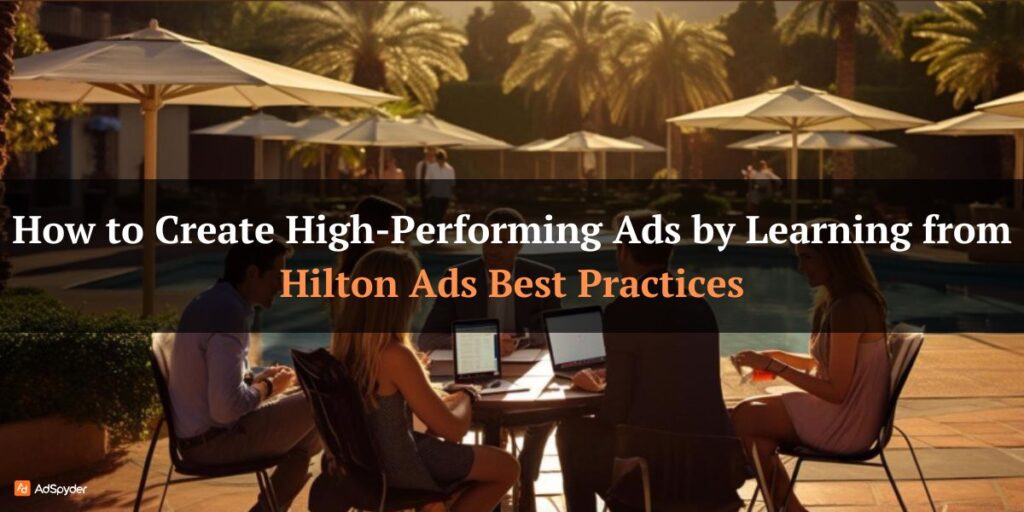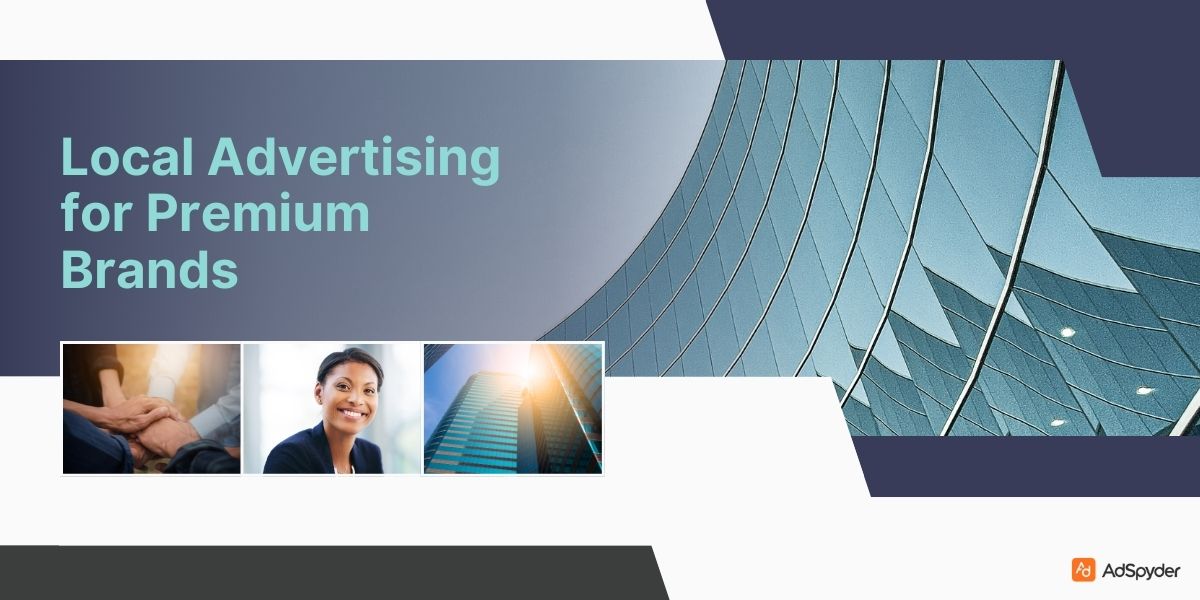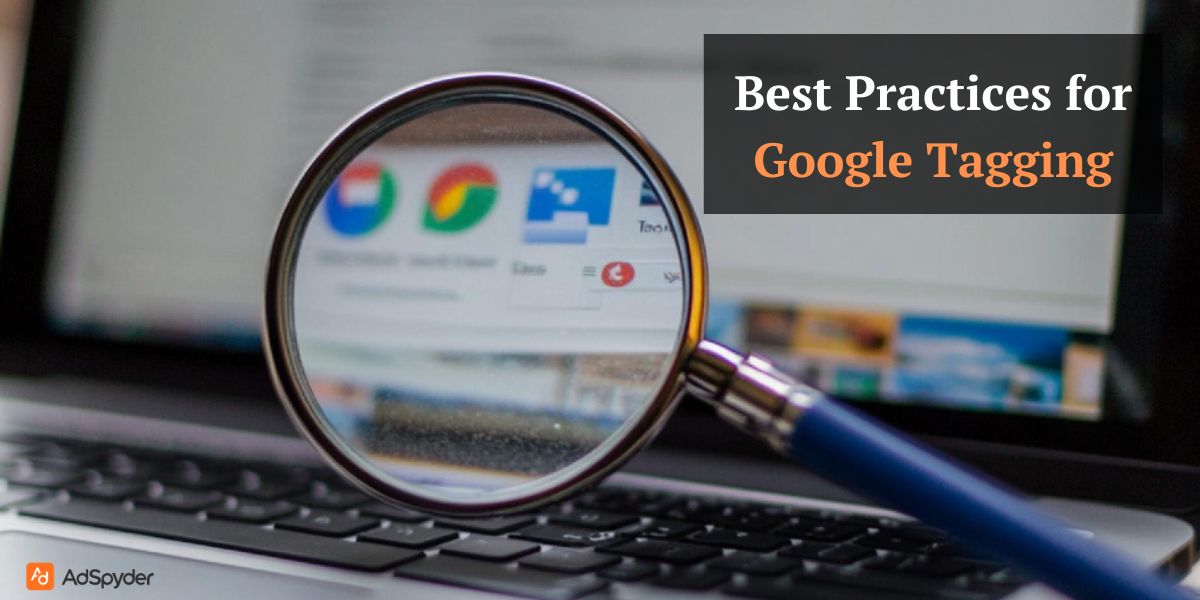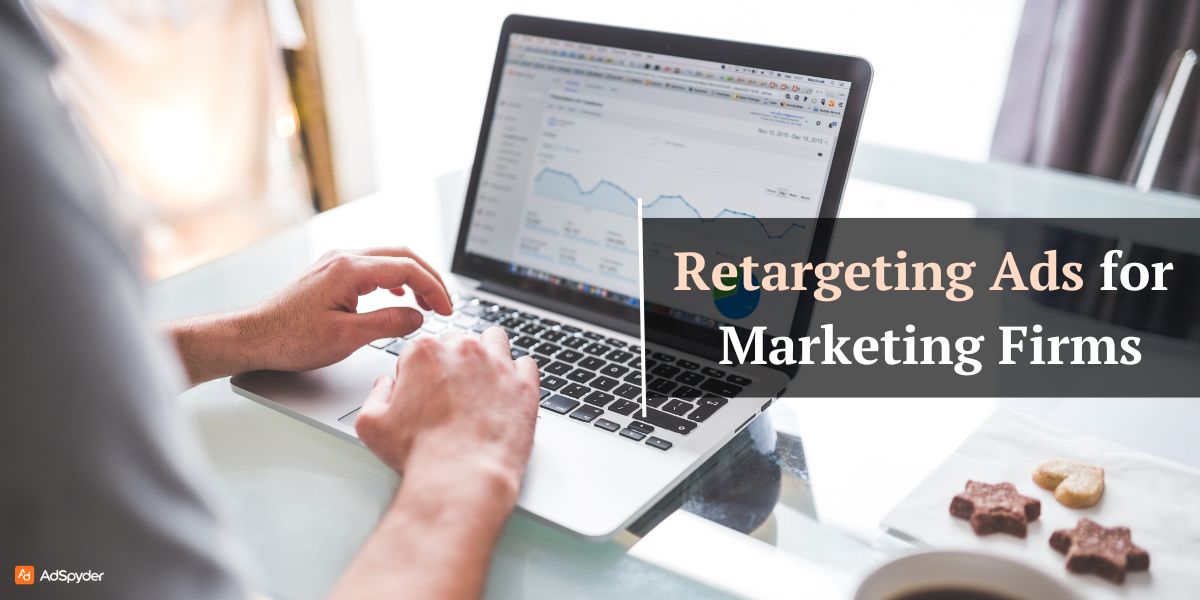In the fast-paced world of advertising and advertising, such learning can change the game. Among other giants is Hilton Ads Best Practices, which is affluent on its highly sophisticated and enticing campaigns across the spectrum of an audience around the world. While its resorts are found in more than a hundred countries internationally, Hilton represents luxury. The lessons in their advertising will certainly be a lot to know for anyone trying to achieve high-performing ads.
Ready to Elevate your Marketing Strategy?
Hilton’s ads are way more than enticing advertisements; they offer lessons in the art of storytelling, audience segmentation, constant branding, and placement strategy. These ads provide a firm ground from which marketers, entrepreneurs, or ad unit owners could discover the best practices for even heightening their campaigns. This article explains how the best practices employed by Hilton serve as a guide to executing world-class ads presenting actionable takeaways for captivating and converting customers.
Understanding Hilton’s Advertising Approach
A well-thought-out advertising plan works best by knowing one’s identity, audience, and marketers’ approach. Hilton feels that the repetition of core values such as luxury, comfort, and world-class hospitality enables each ad to maintain the quality synonymous with its brand name.
Hilton’s Brand Identity
The promise of a luxury and comforting stay is central to Hilton’s identity. Each Hilton property aims to furnish unique experiences consistent with high standards. This emphasis on quality, trust, and relaxation has a bearing on Hilton’s latest ad campaigns. Advertisements showing their magnificent hotel rooms and other serene settings at a beachfront property elicit an emotional connection. They’re not selling room space, just like any property. Instead, they are making sales based on the kind of experience afforded.
The first step for brands that intend to emulate Hilton’s success is to create a solid and unique brand identity. Hilton’s advertising done right: beautiful hotels aside, it creates an easy visual and textual representation of Hilton’s value statements that enables them to be easily identified and related to by the customers. While you are creating your ad, find the core values of your brand and consider how such values may project with good visuals and messaging.
Target Audience
Hilton caters to a broad range of customer segments, such as business travelers, families, honeymooners, and budget-conscious tourists. Each of these audience segments has its very own needs, substantially different needs from the others, and Hilton Ads Best Practices cater to them. For instance, ads aimed at business travelers often emphasize convenience, such as loyalty programs, check-in/check-out flexibility, and amplifying high-speed internet. Meanwhile, advertisements targeting families may emphasize kid-friendly pools, dining options, and family package deals.
Hilton’s segmentation approach emphasizes the need to understand their audience. Look at your ad campaigns to see how many customer personas your brand serves. Identify their pain points, desires, and priorities, and craft your ads to accommodate such needs. Audience segmentation gives more valuable relationships, resulting in increased engagement and higher conversion rates.
Marketing Channels
Hilton has a definite presence across many marketing channels, from Google Ads to social media and display networks to programmatic advertising and traditional print. Social media is where Hilton’s spectacular visual content shines, whereas Google Ads helps Hilton actively target users looking for travel accommodations. Programmatic ads enable Hilton to reach audiences at scale, while print media provides prestige and trust for a brand historically rooted in hospitality.
For brands wanting to replicate Hilton’s success, a multi-channel approach should be adopted. Start with understanding where your audiences spend the most time and align your content with that. Advertising across platforms reinforces your message, giving customers many opportunities to encounter your brand–thus fostering familiarity and trust.
Related: Agoda Ad Campaigns
Key Elements of Hilton Ads Best Practices and What Makes Them Effective
In order to understand how Hilton ads work, let’s go through some of the most notable elements. These include quality visuals, consistent branding, engaging calls for action, and messaging targeted according to the audience.
Visuals That Evoke Emotion and Desire
Sophisticated visuals are always the front and back of any Hilton Ads Best Practices, and they instantly evoke this sense of want and longing in the viewer. With a wide panoramic view of the tropical beaches or even the soothing light of an opulent hotel room, Hilton’s visuals mean to take the audience on a trip. Each advertisement is designed to elicit a specific emotion: excitement for adventure, comfort in relaxation, or happiness in family time.
Be sure to invest in visuals that genuinely represent your brand promise to achieve this in your ads. Perhaps nothing more so than a serene landscape or peaceful interior is appropriate for a wellness brand attempting to gain traction. High, smooth, futuristic designs may speak better for an electronics brand. Here, however, the name of the game is imagery that speaks to an emotional level, creating the aspirational pull of the consumer tugging at their insides.
Consistency in Branding and Messaging
Hilton’s ads are consistent with brand elements, color, logo, and voice tone across different platforms. This consistency gives them a distinct advantage in the marketplace because people will instantly identify Hilton Ads Best Practices, which reinforces brand recognition and trust. From YouTube pre-roll to an Instagram story, this is how Hilton keeps its mark unmistakable.
For brands that want to build strong recognition, ensure all aspects/common elements, as well as other relevant materials across your ads, connect/communicate back to your brand identity. This means the usage of the same logos, colors, and fonts on every ad that expresses the tone of voice relevant to your brand’s personality.
Effective Use of CTAs (Call-to-Action)
Within Hilton’s advertising campaigns, CTAs unfurl clear, concise, and importantly relevant banners in a given setup. Whether promoting bookings with ‘Book Now,’ inspiring curiosity with ‘Explore More,’ or getting apps engaged with ‘Download the App,’ the brand successfully uses specific, action-oriented language to fulfill its objective. Every CTA is tuned toward a specific action so that viewers can see exactly what must be done next.
Making a great CTA for your ads entails clarity, directness, and intent. Pick some language, specific, relevant, and along the lines of what action ought to incur: if it’s a seasonal sale, ‘Shop the Sale’ could be far more persuasive compared to a more generic phrase like ‘Learn More.’ Invest effort in A/B testing to learn which CTAs set the strongest echoes for your audience, then refine them for conversion optimization.
Personalization and Targeted Messaging
Hilton’s use of personalized messaging allows the brand to converse directly with the needs of each customer segment. A business traveler may see ads showing loyalty rewards and convenience perks, while a family may see ads featuring vacation deals bundled with child-friendly amenities. By tailoring the message to each audience, Hilton makes them relevant and enables them to convert viewers into customers.
The first thing you need to do to get it into your campaigns is to spend time segmenting your audience based on demographics, prior purchases, and browsing behavior. Create personalized messaging that addresses each segment’s specific needs, and take it a step further with dynamic ad platforms that permit custom copy and visuals. Personalized ads do not just enhance engagement; they create trust in the audience because they make them feel understood.
Also See: Expedia Advertising
Ad Formats and Placement Strategies
It is mostly through the ad formats and strategic placements that Hilton ensures that the brand’s message gets through to its target audience. Let us investigate the types of formats Hilton employs and how you may implement these formats in your campaigns.
Banner and Display Ads
Hilton relies heavily on banner and display ads to keep the brand visible across travel-related, news, and hi-traffic portals. The ads themselves usually consist of attractive images and brief, punchy text with a strong call to action, ensuring that Hilton is always at the forefront of peoples’ minds as they browse travel-related offerings.
Banner and display ads work so well because they’re widely known to promote ideal brand exposure. Design eye-catching, concise banners, and always include a CTA that leaps off the page. Consider programmatic advertising placement on websites where your target audience is most likely to visit, allowing you to hit qualified potential customers.
Social Media Ads
Hilton’s visually impressive content makes it a great fit for social media. Using Instagram and Facebook, it shares exquisite images reflecting travel destinations, luxurious hotel rooms, and mouthwatering dining choices. These generally unveil lifestyle-oriented imagery that compels users to visualize themselves in such destinations.
Social media ads that will resonate well with the audience should be considered for images and captions that tell a story. With experience/benefit in mind rather than the features, the caption should be brief but impactful. Twitter can show trending trends with hashtags and thus gain visibility. Experiment with Instagram Stories or Facebook Carousels to create an immersive yet captivating experience for your audience.
Video and Story Ads
Hilton’s videos are impactful and, most of the time, short, falling under 30 seconds. The videos depict luxurious montages of Hilton properties, upholding the hotel brand quality while demonstrating the pleasures of traveling. The story ads run on Instagram, Facebook, and other platforms, allowing Hilton to promote amenities, travel destinations, and user testimonials in an active, fast-paced style.
Create a hook in the opening minutes of the commercial. Ensure it has some dynamic visuals, which should culminate with a very compelling CTA. Good platforms for such short video content are TikTok, Instagram Stories, and YouTube.
Search and Retargeting Ads
Hilton is in search ads on good old Google, looking for users to be active in the search for hotels or vacation destinations. It also uses retargeting ads that bring back visitors who once engaged with Hilton’s website or app, reminding them of the hospitality brand and enticing them to make their bookings.
Search ads will work very effectively if you start by identifying the keywords that are of the most value to your audience and bidding on the terms that are aligned with your goals. Retargeting ads are key to rescuing those users who showed interest but, for various reasons, didn’t convert. This allows you to remind them of your offer to keep; hence, the conversion might happen.
Examining Successful Hilton Ad Campaigns
Case Study: “Expect Better, Expect Hilton” Campaign
“Expect Better, Expect Hilton” was born out of a need for the Hilton to distinguish itself from its competitors in a rather crowded and competitive hotel chain industry, centering on differentiation through quality, reliability, and customer satisfaction. This campaign covered the promises Hilton made to attract guests, such as the hotel rewards program, direct booking benefits, and top-quality service, putting Hilton in a trusted light in customers’ minds.
To use a similar approach, narrow in on what you would consider your USPs. Define what makes your brand stand out; make sure to emphasize this in your ads. Be it quality, value, or convenience, find what sets your brand apart from its competition and develop campaigns that showcase this. Infusing your target into your campaign will work wonders for your sales efforts.
Seasonal and Event-Specific Campaigns
Hilton runs targeted ads around major holidays, peak travel seasons, and specific events, offering limited-time deals to create urgency. These campaigns appeal to travelers looking to book trips around summer vacations, holiday breaks, or long weekends.
Seasonal campaigns can strike your audience when they’re most likely to buy. Adjust your messaging for the season or event, and consider offering timed promotions with urgency. Also, a time-sensitive campaign that invokes FOMO should be added to encourage responses.
Check this Out: Trivago Ads
User-Generated Content (UGC) and Influencer Collaborations
Hilton often partners with influencers, making use of user-generated content (UGC) to add credibility and reach to its campaigns. Guest experiences are used for authenticity, while influencers introduce the brand to audiences who may trust these endorsements.
Incorporating UGC and influencers into your strategies will lend a degree of authenticity to your ads. Influence your customers by encouraging them to share their experiences, and get influencers on board who share your brand values. Featuring real stories and experiences will help your brand get a touch more relatable and trustworthy.
Applying Hilton’s Ad Best Practices to Your Campaigns
A look at Hilton’s ad strategies will also provide brands with different insights on creating engaging ads that drive conversions. Key takeaways include:
Building Ads with a Cohesive Brand Story
Hilton approaches its storytelling in a coherent manner, reinforcing its core brand values. No matter which medium is used, a Facebook post or a banner, every ad echoes Hilton’s promise of luxurious comfort.
Prioritizing Audience-Centric Design and Messaging
Know your audience. Make ads that resonate with them and respond to their needs. You’ll need to possibly develop personas and segment the audience to ensure you’re on point with what they’re looking for.
Leveraging Data for Ad Optimization
Hilton constantly works to improve its ads based on performance data. Optimize ads with A/B testing, monitor KPIs, and ensure you adapt your campaigns according to what the data tells you about your audience’s interests.
Explore Now: Spotify Ad 2025
Using a Competitive Ad Tool like AdSpyder
AdSpyder is a competitive ad-tracking tool that operates across many sectors, including hospitality. With AdSpyder, you will analyze competitor strategies, uncover trends relevant to your sector, and find inspiration to improve your campaigns.
Conclusion
Hilton Ads Best Practices insights to any brands working on effective ad campaigns. Be consistent with audience targeting and have good-quality visuals along with personalization. Hilton has developed ads that resonate with audiences and drive results. Applying these strategies will help your brand create memorable ads that start great conversations. It builds trust, reach your audience, and inspire conversions. Consider running insights on tool sets like AdSpyder to analyze the best-performing ads. You can stay on trends and refine your ad strategies over time.




